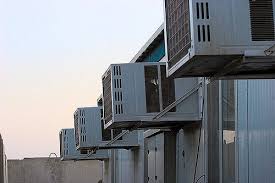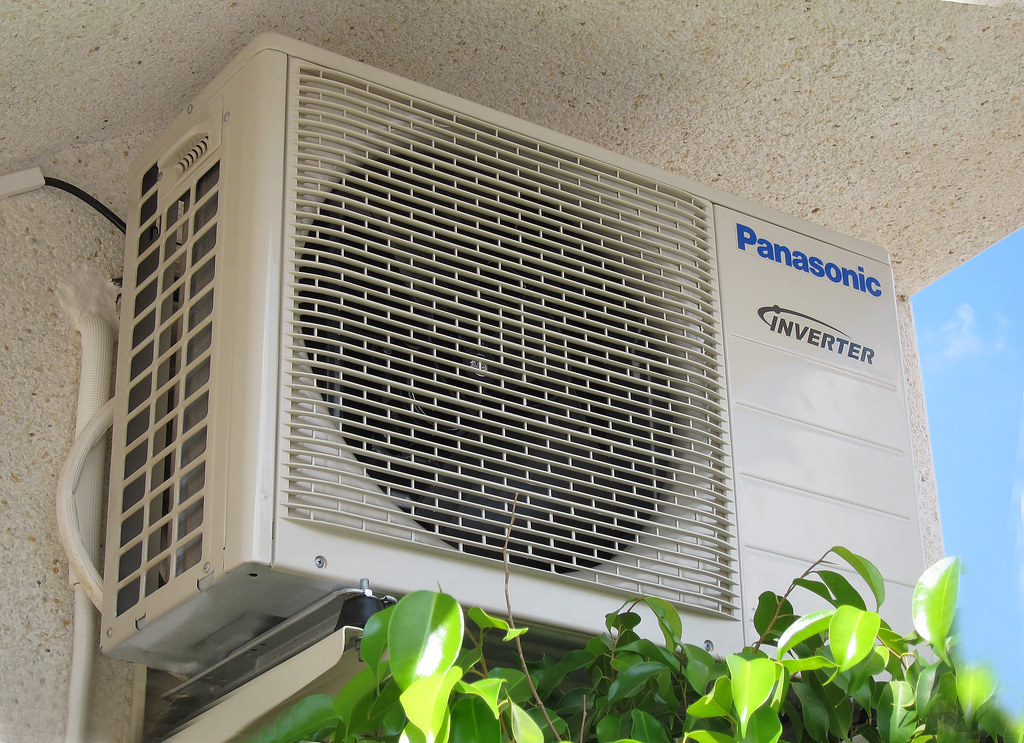Humans have never lived on a planet this hot, and we’re totally unprepared for what’s to come
On a scorching day in downtown Phoenix, when the temperature soars to 115°F or higher, heat becomes a lethal force. Sunshine assaults you, forcing you to seek cover. The air feels solid, a hazy, ozone-soaked curtain of heat. You feel it radiating up from the parking lot through your shoes. Metal bus stops become convection ovens. Flights may be delayed at Sky Harbor International Airport because the planes can’t get enough lift in the thin, hot air. At City Hall, where the entrance to the building is emblazoned with a giant metallic emblem of the sun, workers eat lunch in the lobby rather than trek through the heat to nearby restaurants. On the outskirts of the city, power lines sag and buzz, overloaded with electrons as the demand for air conditioning soars and the entire grid is pushed to the limit. In an Arizona heat wave, electricity is not a convenience, it is a tool for survival.

Air conditioners (Image: Todd Morris/Flickr)
As the mercury rises, people die. The homeless cook to death on hot sidewalks. Older folks, their bodies unable to cope with the metabolic stress of extreme heat, suffer heart attacks and strokes. Hikers collapse from dehydration. As the climate warms, heat waves are growing longer, hotter, and more frequent. Since the 1960s, the average number of annual heat waves in 50 major American cities has tripled. They are also becoming more deadly. Last year, there were 181 heat-related deaths in Arizona’s Maricopa County, nearly three times the number from four years earlier. According to the Centers for Disease Control and Prevention, between 2004 and 2017, about a quarter of all weather-related deaths were caused by excessive heat, far more than other natural disasters such as hurricanes and tornadoes.
Still, the multiplying risks of extreme heat are just beginning to be understood, even in places like Phoenix, one of the hottest big cities in America. To Mikhail Chester, the director of the Metis Center for Infrastructure and Sustainable Engineering at Arizona State University, the risk of a heat-driven catastrophe increases every year. “What will the Hurricane Katrina of extreme heat look like?” he wonders aloud as we sit in a cafe near the ASU campus. Katrina, which hit New Orleans in 2005, resulting in nearly 2,000 deaths and more than $100 billion in economic damage, demonstrated just how unprepared a city can be for extreme climate events.
“Hurricane Katrina caused a cascading failure of urban infrastructure in New Orleans that no one really predicted,” Chester explains. “Levees broke. People were stranded. Rescue operations failed. Extreme heat could lead to a similar cascading failure in Phoenix, exposing vulnerabilities and weaknesses in the region’s infrastructure that are difficult to foresee.”
In Chester’s view, a Phoenix heat catastrophe begins with a blackout. It could be triggered any number of ways. During periods of extreme heat, power demand surges, straining the system. Inevitably, something will fail. A wildfire will knock out a power line. A substation will blow. A hacker might crash the grid. In 2011, a utility worker doing routine maintenance near Yuma knocked out a 500-kilovolt power line that shut off power to millions of people for up to 12 hours, including virtually the entire city of San Diego, causing economic losses of $100 million. A major blackout in Phoenix could easily cost much more, says Chester.
But it’s not just about money. When the city goes dark, the order and convenience of modern life begin to fray. Without air conditioning, temperatures in homes and office buildings soar. (Ironically, new, energy-efficient buildings are tightly sealed, making them dangerous heat traps.) Traffic signals go out. Highways gridlock with people fleeing the city. Without power, gas pumps don’t work, leaving vehicles stranded with empty tanks. Water pipes crack from the heat, and water pumps fail, leaving people scrounging for fresh water. Hospitals overflow with people suffering from heat exhaustion and heatstroke. If there are wildfires, the air will become hazy and difficult to breathe. If a blackout during extreme heat continues for long, rioting, looting, and arson could begin.
Read more: Rolling Stone



